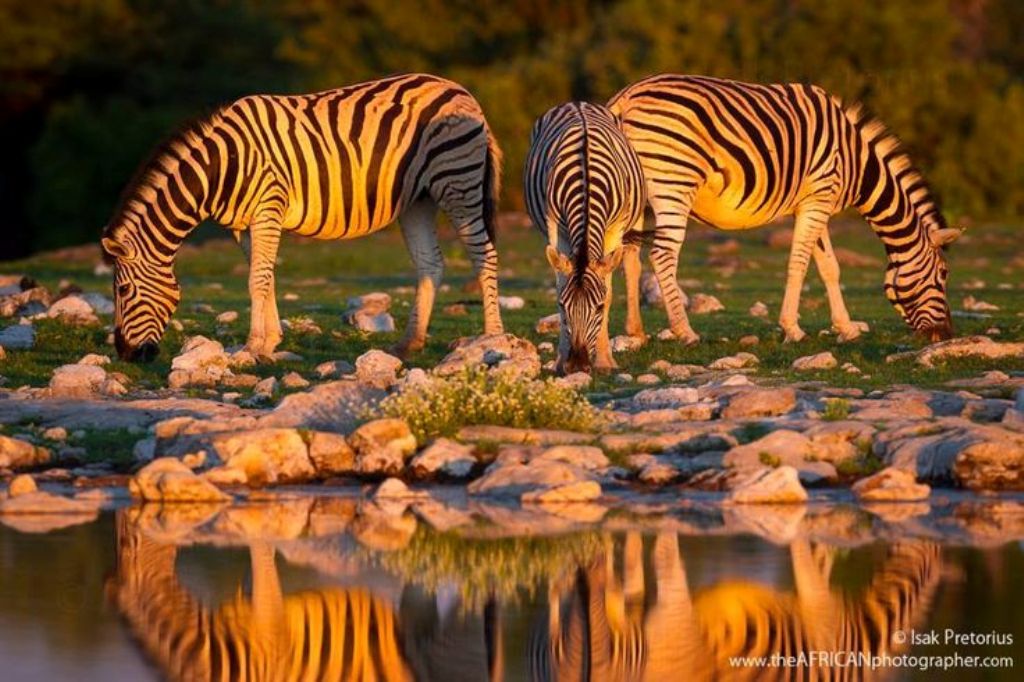
Falling in love with nature is not easy since it possesses you and leaves you entirely stunned. You find yourself unable to do anything but to just hold a camera, capture photos of what you see around you or may ask the help of a professional wildlife photographer. The surrounding nature is really full of many wonders that are really impressive and dazzling. You can find breathtaking landscapes, different types of plants, birds and the wildlife that is rich in all what you may need to capture the most fascinating photos.
If you are interested in nature, infrared photography, and wildlife photography or love nature and enjoy discovering more about the natural beauty in our world, then you will definitely enjoy what you are going to see and read here. All what is presented here can inspire you and help you to learn more if you are new to the world of nature and wildlife photography. Let’s take a look at the following best and most professional wildlife photographers starting from the least famous to the most creative and famous ones.
Top 10 Most Creative Wildlife Photographers
10 Renata Ewald – South Africa
Through looking at Renata Ewald’s pictures, you can quickly discover her passion for the wildlife photography and the surrounding nature. Being in South Africa helps her to show the beauty of the wildlife and the animals that are living there. She has over nine years’ experience in wildlife photography and her goal is to show the whole world the stunning beauty of the wildlife that she sees through her own eyes.
Anjan Lal is an Indian wildlife photographer who tries to capture photos of the best and most precious moments that can take place in the wildlife. Anjan is also a nature photographer who photographs birds, flowers and landscapes as well. He travels to different places around the world such as India, Kenya and Tanzania to capture his nature and wildlife photos and to allow us to enjoy the beauty of the surrounding nature.
Are you interested in equine art and photography? If your answer is yes, then you have to take a look at the creative and astonishing works that are presented by Gosia Makosa. Her work is based in Chobienice (Poland) where she lives. She is not only a great artist and photographer, but she is also a professional certified horse-riding instructor. Gosia aims to show the power and elegance of horses in her works which reflects her passion for these impressive and breathtaking creatures. So, is there anything else that Gosia still needs to learn about horses to inspire you and leave you stunned?
Andy Rouse is a professional wildlife photographer who has developed his photographic style to cover all the animals and the exciting details in the wildlife. His wildlife photographs come to show the amazing beauty of the natural world around us. He received more than nine awards during the past seven years which reflects his creativity and unique ability to capture magnificent wildlife photos. With 15 books published by this photographer, you can definitely enjoy his pictures to get inspired.
6 Richard Peters – United Kingdom
Richard Peters’ passion for the wildlife encourages him to spend most of his time in some of the beautiful places to capture the most stunning wildlife photos. Exerting a huge effort to achieve the best results has allowed him to be internationally awarded in several competitions including the Wildlife Photographer of the Year. Richard Peters also writes about wildlife photography for magazines, different websites and his own blog as well. He received several awards such as 2014 Windland Smith Rice Natures Best – winner of African Wildlife category, 2013 Oasis International Award of Wildlife & Nature Photography – second place in category and more awards making him one of the best wildlife photographers all over the world.
5 Morkel Erasmus – South Africa
Morkel Erasmus is a nature and Wildlife photographer and this means that he captures photos of anything that can be found in this nature including birds, landscapes and of course the wildlife. He loves his continent, its people, places and all the creatures that live there. He translates his love to all of this into pictures that are captured at anytime. He spends his time observing the creatures that live on this continent and photographs their daily activities starting from the fall of the light and even at night in order not to miss anything of their daily lives.
David Lloyd is from New Zealand and he lives in London. There are several places that he prefers to capture his wildlife photos such as Richmond Park which is near his home in London, Uganda, Botswana, Rwanda and Kenya. His picture “A Flick of the Tail” was chosen before for the cover of the Wildlife Photographer of the Year. You can find Lloyd’s pictures internationally published and you can also purchase his prints to decorate the walls of your home and make the rooms more inviting.
Marina Cano is one of the best wildlife photographers that you can ever meet. Her photos reflect her passion for nature and wildlife. She lives in Cantabria which is located in the North of Spain, but her work goes outside this place to find her travelling to different countries around the world trying to capture the best wildlife photographs. You can find her in Europe, England, South Africa, Kenya, Cabarceno, Cape Town, Spain and more countries around the world. She published her first book “Cabarceno” in 2009 and the second one which is “Drama & Intimacy” was published in December 2012.
2 Isak Pretorius – South Africa
Isak Pretorius is a specialist wildlife photographic safari guide. He believes in the beauty of his country and the whole continent and this is why he tries to show this by capturing top quality and stunning wildlife photographs allowing us to enjoy the best and most special moments in nature. He won several awards and his photos are celebrated not just in his country but also in international publications. He aims to raise awareness of the natural wonders that can be found in his continent.
Sudhir Shivaram is an Indian Wildlife photographer. He is widely renowned for being one of the best and most professional wildlife photographers not just in India but in the whole world. He spends most of his time in the jungle trying to capture the best wildlife photographs which are technically sophisticated. He makes use of his photos to encourage protecting wildlife and nature and to increase awareness of them. He received many awards such as Sanctuary Asia Wildlife Photographer of the Year 2012 and he is also a brand ambassador for Canon. Sudhir Shivaram helps those beginners and even advanced Wildlife photographers to discover more about the nature and wildlife photography through holding photography workshops and wildlife photo tours.
How to Become a Wildlife Photographer
Wildlife photography is a captivating profession that allows you to capture the beauty and essence of nature’s most remarkable creatures. It is a specialized field that requires a unique set of skills, knowledge, and equipment. Whether you are a nature enthusiast or an aspiring photographer, wildlife photography offers an exciting opportunity to explore and capture the wonders of the animal kingdom. In this article, we will delve into the world of wildlife photography and provide you with a comprehensive guide on how to become a wildlife photographer.
Key Takeaways:
- Wildlife photography is a specialized field that requires specific skills and equipment.
- It offers the opportunity to capture the beauty and essence of nature’s creatures.
- This guide will provide a comprehensive overview of becoming a wildlife photographer.
What is Wildlife Photography?
Before embarking on your journey to become a wildlife photographer, it is essential to understand the nature of this captivating art form. Wildlife photography is the practice of capturing images of animals in their natural habitats. It focuses on showcasing the behavior, habits, and unique traits of various species, providing a glimpse into the mesmerizing world of wildlife.
A formal definition of Wildlife Photography:
Wildlife photography is the art of capturing compelling images of animals in their natural environments, highlighting their beauty, behavior, and the conservation efforts needed to protect them.
What does a Wildlife Photographer do:
A wildlife photographer spends countless hours observing and studying animals in their habitats, patiently waiting for the perfect moment to capture a remarkable shot. They navigate through jungles, traverse mountains, and brave extreme weather conditions in pursuit of these elusive moments. Wildlife photographers often work closely with conservationists and researchers to document rare species and bring awareness to environmental issues.
The simplest definition of Wildlife Photography:
Wildlife photography is the act of photographing animals in their natural habitats, showcasing their beauty and raising awareness of their conservation needs.
Benefits Reasons to consider Wildlife Photography
Wildlife photography offers a multitude of benefits, both personally and professionally. Here are a few reasons why you should consider becoming a wildlife photographer:
- Connection with Nature: Wildlife photography allows you to immerse yourself in nature, fostering a deep connection with the natural world and all its inhabitants.
- Educational and Conservation Impact: By capturing and sharing images of wildlife, you can educate people about the importance of preserving these species and their habitats, contributing to conservation efforts.
- Adventurous Pursuit: Wildlife photography takes you on thrilling adventures, allowing you to explore remote locations and witness incredible moments in the animal kingdom.
- Creative Expression: As a wildlife photographer, you have the opportunity to express your creativity, capturing unique compositions and perspectives that showcase the beauty of wildlife.
- Personal Fulfillment: There’s a sense of fulfillment and accomplishment that comes with capturing a stunning wildlife photograph, knowing that you have created a lasting visual record of a fleeting moment in nature’s grandeur.
Different Types of Wildlife Photography
Wildlife photography encompasses a wide range of genres, each with its own unique techniques and challenges. Here are some popular types of wildlife photography:
- Wildlife Portraits: This genre focuses on capturing close-up images that highlight the intricate details and expressions of animals, allowing viewers to connect with their subjects on a personal level.
- Behavioral Photography: This genre aims to capture the behavior and interactions of animals, providing insight into their social dynamics, hunting techniques, and mating rituals.
- Action Photography: Action photography involves capturing fast-paced moments in the animal kingdom, such as a predator chasing its prey or a bird taking flight. It requires quick reflexes and the ability to anticipate and freeze motion.
- Bird Photography: Birds offer a diverse and colorful subject for wildlife photographers. This genre demands patience, as well as knowledge of bird behavior and habitat to capture stunning images of these elusive creatures.
- Underwater Photography: Underwater wildlife photography explores the mesmerizing beauty of aquatic animals and their habitats. It requires specialized equipment, such as waterproof housing and strobes, and demands strong diving skills.
- Macro Photography: Macro photography allows you to delve into the tiny world of insects, spiders, and other small creatures. It requires specialized macro lenses to capture intricate details and create larger-than-life images of these minuscule subjects.
Understanding the different genres of wildlife photography will help you develop your unique style and focus your efforts on the areas that resonate with you the most.
Steps to Becoming a Wildlife Photographer
Becoming a wildlife photographer requires dedication, practice, and continuous learning. Here are the essential steps to get started on your journey:
1. Learn about Photography Basics
Before diving into the world of wildlife photography, it is crucial to master the fundamentals of photography. Familiarize yourself with concepts such as exposure, composition, lighting, and camera settings. Understanding these basics will form a solid foundation for your future endeavors as a wildlife photographer.
How to master photography basics
- Take a photography course or workshop to learn the core principles and techniques.
- Experiment with your camera settings and practice shooting in different lighting conditions.
- Study the work of established wildlife photographers and analyze their composition and use of light.
2. Understand Your Camera
To capture stunning wildlife photographs, you must know your camera inside and out. Familiarize yourself with its features, functions, and capabilities. Understanding how to adjust settings quickly and efficiently in the field is essential to capture those fleeting wildlife moments.
3. Identify Your Style
Every wildlife photographer has their unique style, which sets them apart from others. Experiment with different techniques and subject matters to discover what resonates with you the most. Find your niche and develop a distinct approach to wildlife photography that reflects your artistic vision and passion.
4. Take Relevant Courses and Workshops
Continued learning is crucial for advancing your skills as a wildlife photographer. Look for courses and workshops specifically tailored to wildlife photography. These programs will provide you with practical knowledge, expose you to different shooting techniques, and offer valuable insights from experienced professionals.
What types of courses and workshops to consider:
- Wildlife photography workshops led by renowned wildlife photographers
- Post-processing courses to enhance your editing skills
- Conservation and environmental courses to deepen your understanding of wildlife
5. Practice Regularly and Photograph in Different Settings
The key to improving as a wildlife photographer is consistent practice. Dedicate time to photographing wildlife in a variety of settings. Explore different locations, habitat types, and climates to broaden your experiences and challenge yourself creatively.
Tips for practicing wildlife photography:
- Be patient and observant. Wildlife photography requires keen observation skills to anticipate animal behavior and capture remarkable moments.
- Study animal habits and patterns to increase your chances of encountering specific species or witnessing notable behaviors.
- Experiment with various lenses and focal lengths to capture different perspectives and compositions.
- Practice shooting in unfavorable conditions, such as low light or adverse weather, to become comfortable when faced with challenging situations.
6. Learning about Different Wildlife Species
A deep understanding of your subjects is key to capturing compelling wildlife photographs. Take the time to study different species, their habitats, and their behavior patterns. Expand your knowledge by reading books, watching documentaries, and speaking with experts in the field.
7. Understand Ethics While Photographing Wildlife
Wildlife photography should always prioritize the well-being and safety of the animals. Understand and abide by ethical guidelines when photographing wildlife, ensuring that your actions do not disturb or harm the subjects. Respect their space and natural behaviors, capturing images that tell a story without putting the animals at risk.
8. Start Building Your Portfolio
As you gain experience and develop your skills, start building a portfolio of your best wildlife photographs. A strong portfolio is essential when seeking opportunities and showcasing your talents. Select your best images, ensuring they represent your style and expertise, and curate them into a cohesive collection that highlights your unique vision.
Tips to build a strong portfolio:
- Showcase a variety of wildlife subjects and genres to demonstrate your versatility and range.
- Include images that capture unique behaviors, exceptional lighting, and compelling compositions.
- Regularly update your portfolio with new and improved photographs to reflect your growth as a wildlife photographer.
9. Be Consistent and Patient
Becoming a successful wildlife photographer takes time and perseverance. Be consistent in your efforts, continually learning and honing your skills. Understand that not every day will yield remarkable images, but with patience and persistence, you will capture those extraordinary moments that make it all worthwhile.
10. Networking and Finding Job Opportunities
Networking within the wildlife photography community can open doors to exciting opportunities. Engage with fellow photographers, attend industry events, and join online platforms dedicated to wildlife photography. Seek out collaborations, mentorships, and potential clients who share your passion for conservation and wildlife.
Ideas for networking and job hunting:
- Join wildlife photography forums and social media groups to connect with like-minded individuals.
- Attend wildlife photography conferences, workshops, and exhibitions to network with industry professionals and potential clients.
- Offer your services to conservation organizations, wildlife publications, or travel companies that focus on ecotourism.
Wildlife Photography Equipment
To effectively capture wildlife photographs, you need the right equipment. While the gear you choose will depend on your budget and specific interests, here are some essential pieces of equipment for wildlife photography:
- Camera: Invest in a DSLR or mirrorless camera with a high-resolution sensor and fast autofocus capabilities.
- Lenses: A telephoto lens is essential for wildlife photography. Consider focal lengths between 300mm to 600mm for capturing subjects from a distance. Additionally, a wide-angle lens can be useful for capturing environmental shots or showcasing animals in their habitat.
- Tripod: A sturdy tripod is invaluable for stabilizing your camera and lens, especially when working with long telephoto lenses.
- Camera Bag: Invest in a durable and comfortable camera bag that can accommodate your camera body, lenses, and accessories while providing protection and easy access.
- Additional Accessories: Consider investing in a remote shutter release, extra camera batteries, memory cards, and lens filters for various lighting conditions.
Advanced Techniques in Wildlife Photography
Once you have a solid foundation in wildlife photography, you can explore advanced techniques to take your skills to the next level. Some advanced techniques to consider include:
- Effective Use of Lighting: Master the art of using natural light to your advantage, whether it’s capturing the golden hour, backlighting, or creating dramatic silhouettes.
- Creative Compositions: Break away from traditional framing and experiment with unique compositions to create visually striking images.
- Capturing Intimate Moments: Go beyond documenting animals from a distance and strive to capture intimate moments that evoke emotion and curiosity.
- Remote Photography: Use remote triggers, camera traps, or drones to capture wildlife photographs without disturbing the animals or putting yourself at risk.
The Challenges of Wildlife Photography
Like any profession, wildlife photography has its challenges. Here are some common challenges you may encounter:
- Patience and Waiting: Wildlife photography often requires long hours of waiting for the perfect moment to capture a remarkable shot.
- Harsh Weather Conditions: Wildlife photography takes you into various environments, including extreme weather conditions. Be prepared to withstand and protect your gear from rain, snow, or intense heat.
- Physical Demands: Navigating rugged terrains, hiking through forests, and carrying heavy camera equipment can be physically demanding.
- Unpredictable Wildlife Behavior: Animals do not always act as expected. Be prepared for unexpected behavior, missed shots, or animals not appearing at all.
- Conservation Challenges: While wildlife photography serves to highlight conservation efforts, it can also expose the challenges faced by endangered species and their habitats.
Becoming a wildlife photographer is a rewarding and awe-inspiring journey. It allows you to connect with nature, capture breathtaking photographs, and raise awareness about the importance of conservation. By following these steps, continuously learning, and persisting through challenges, you can embark on an exciting career or hobby in wildlife photography. Remember, every photograph tells a story, so let your lens capture the untamed beauty and essence of the animal kingdom.

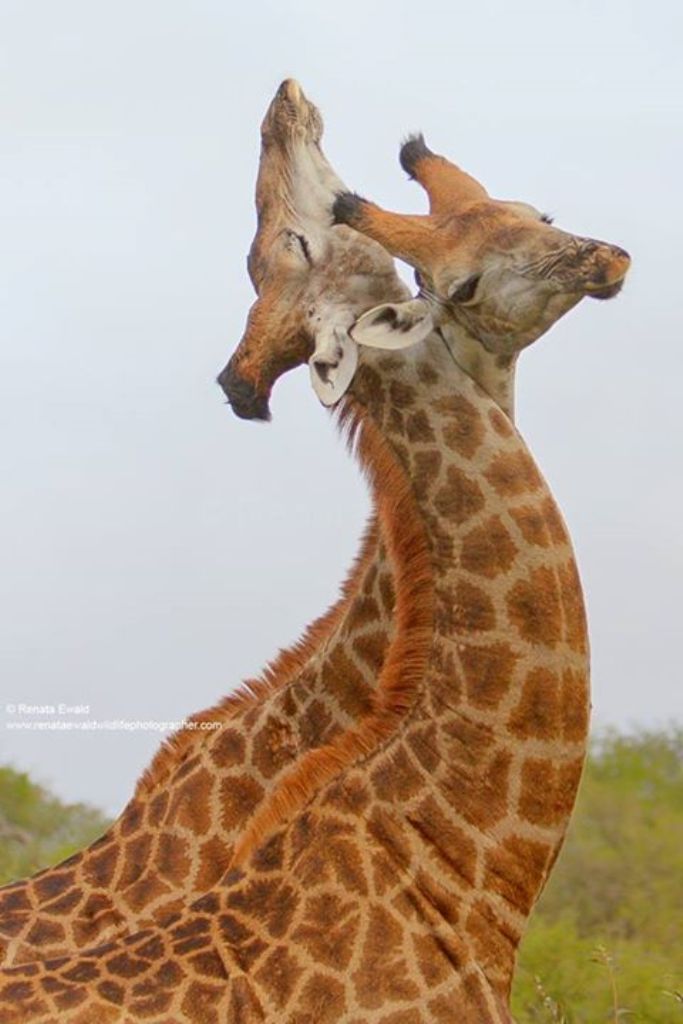
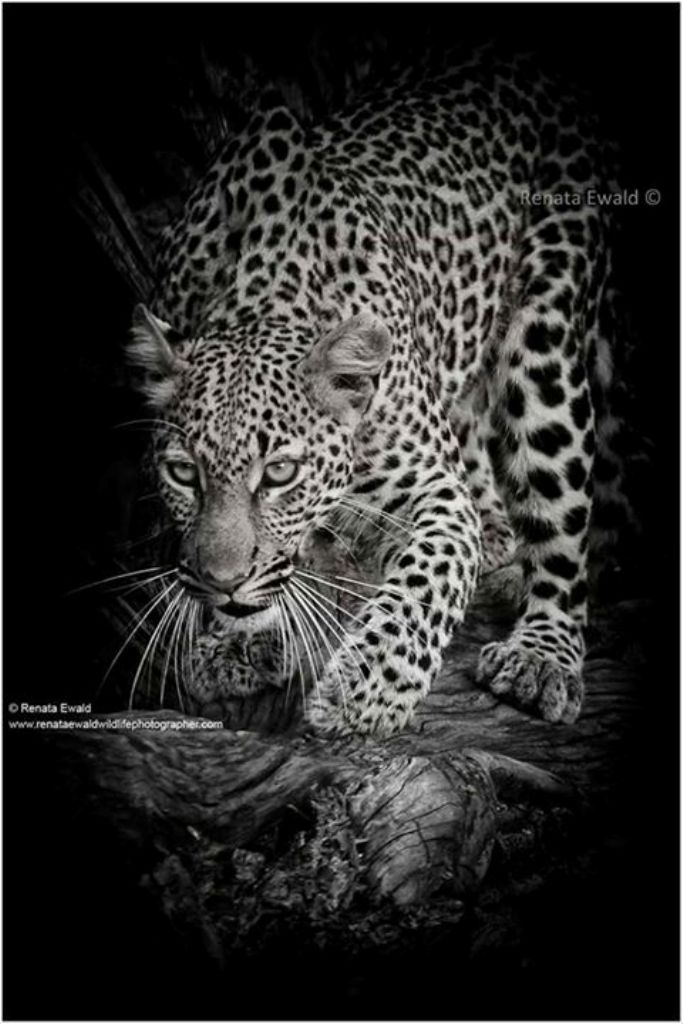
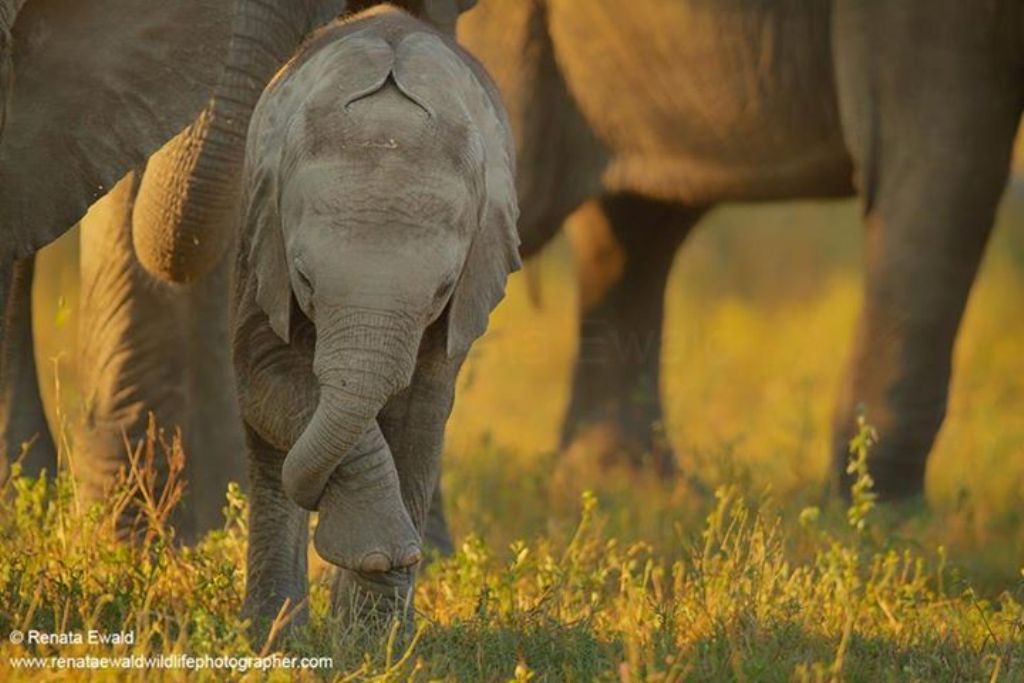
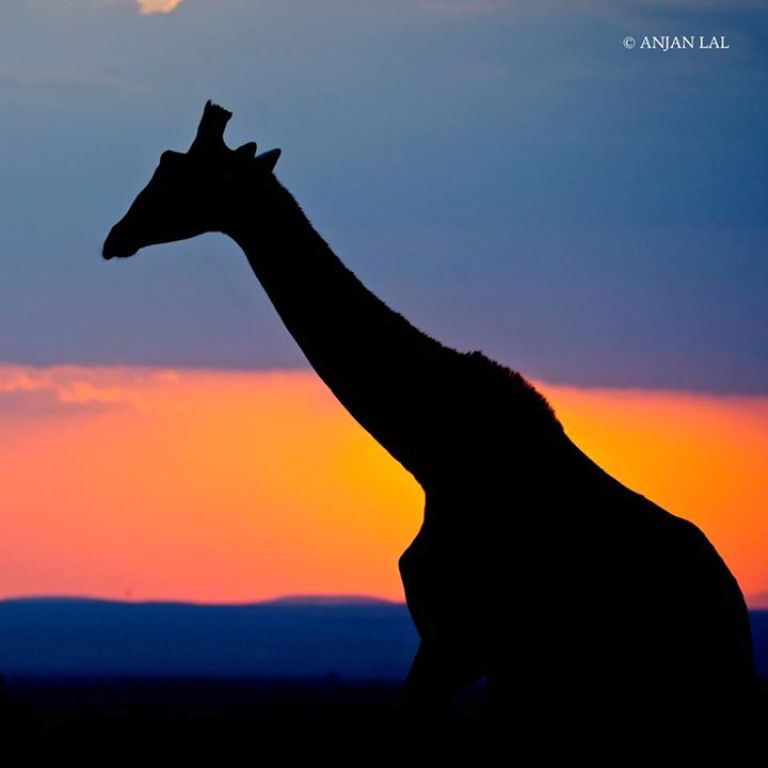

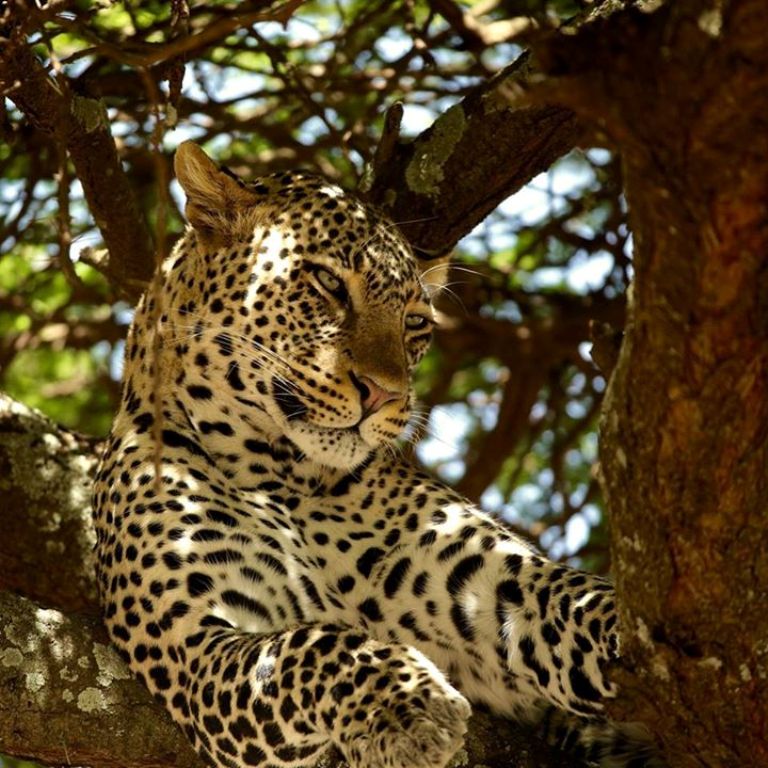

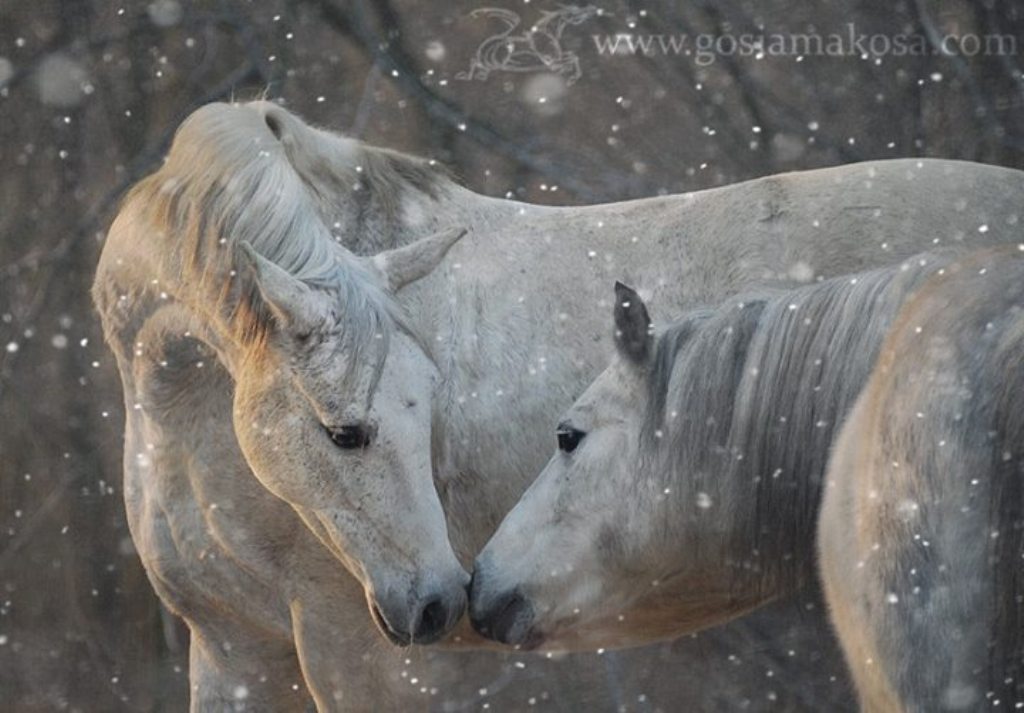
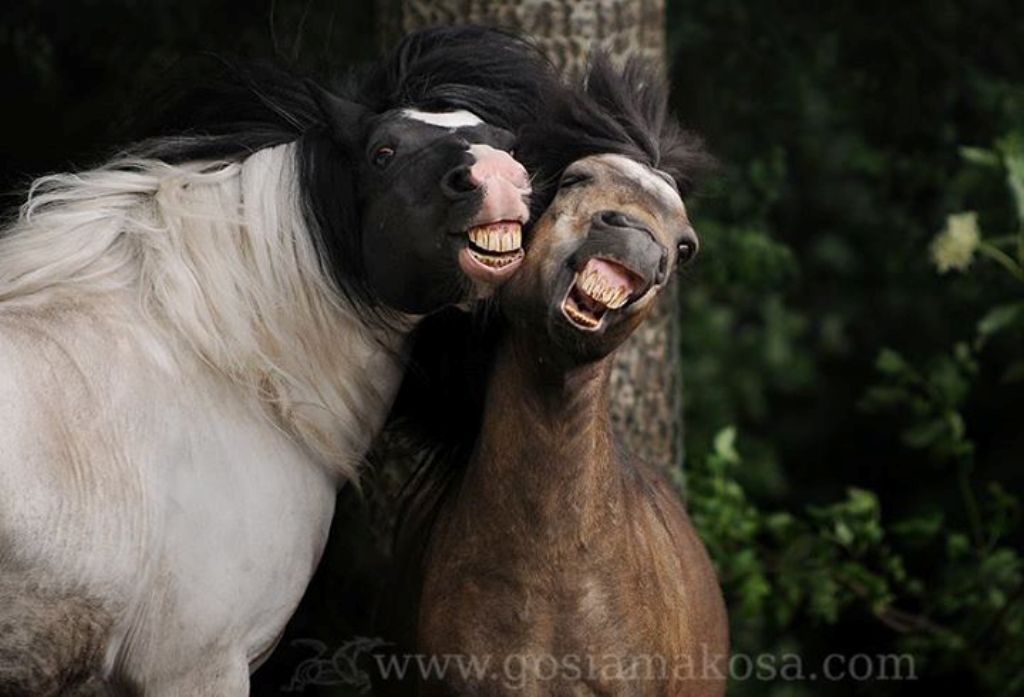
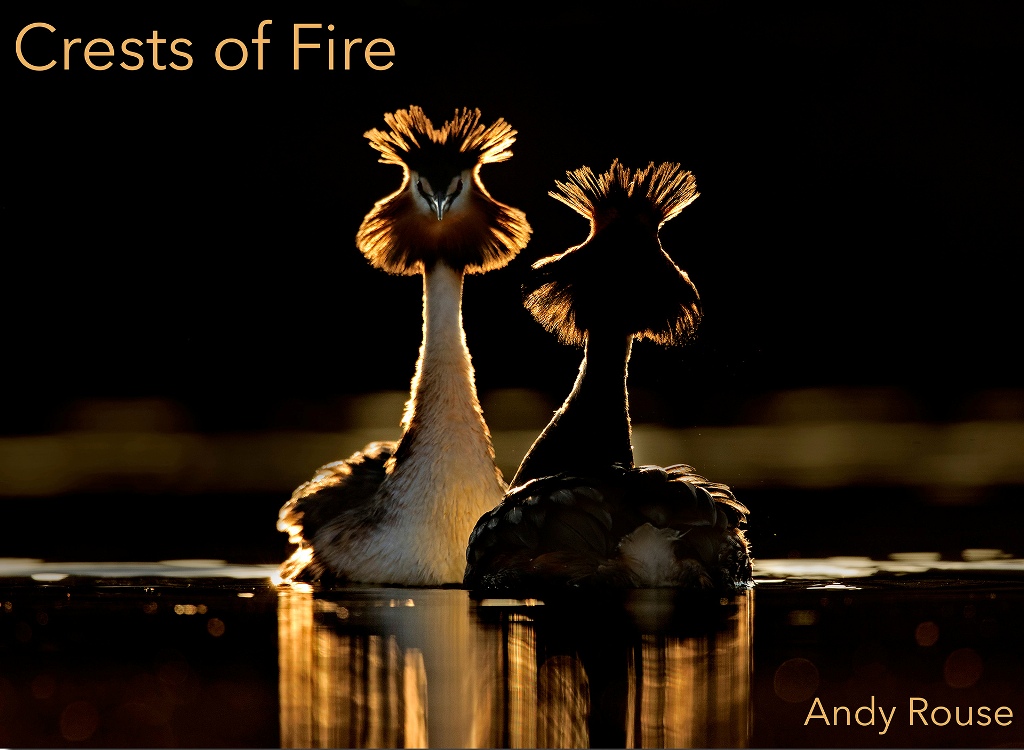
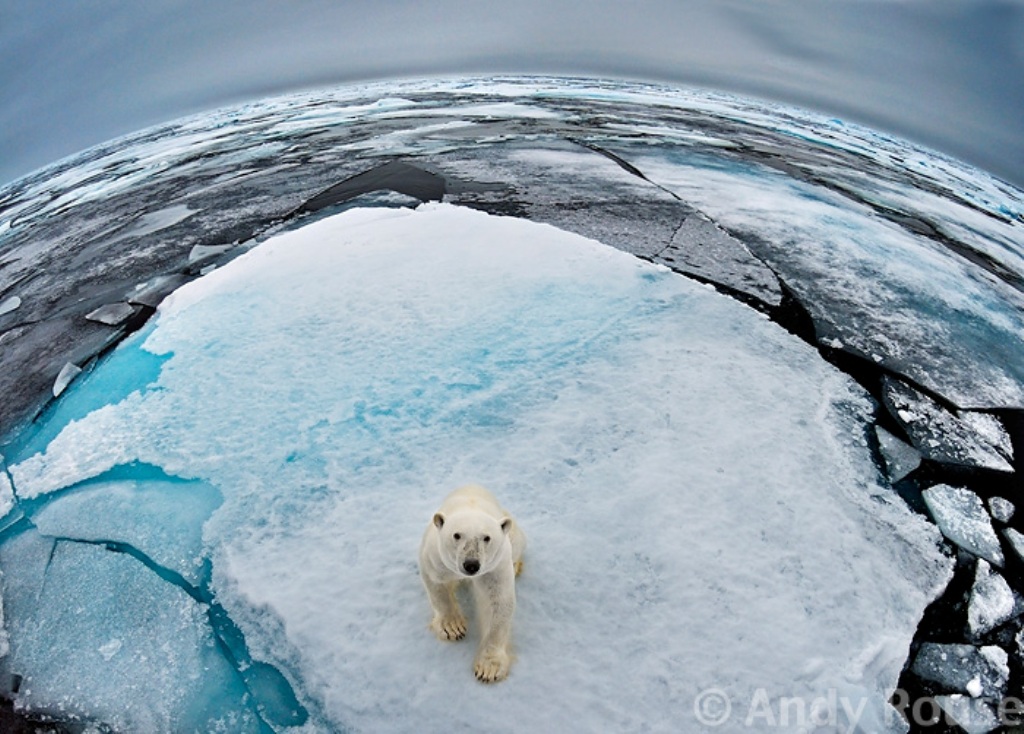

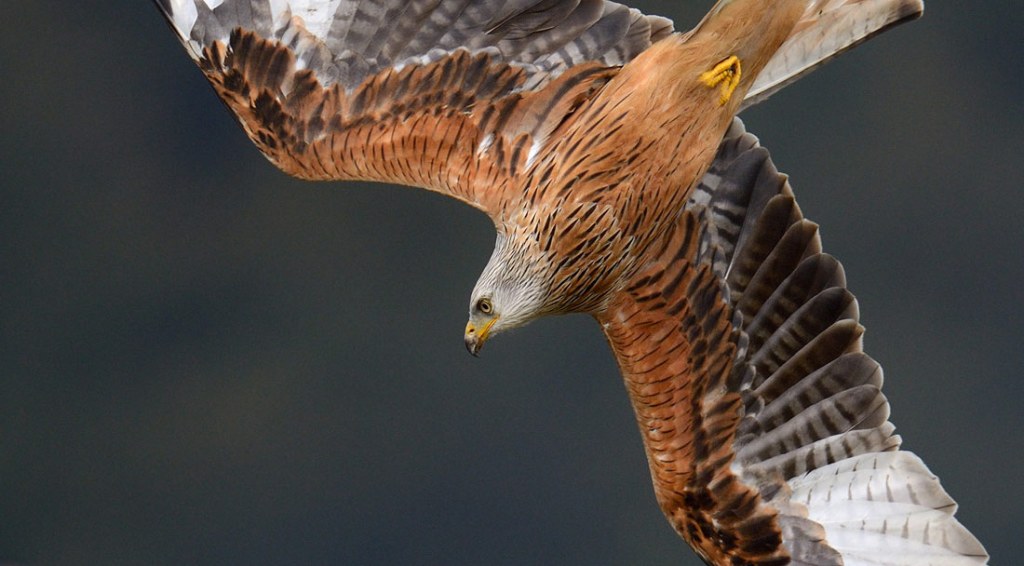

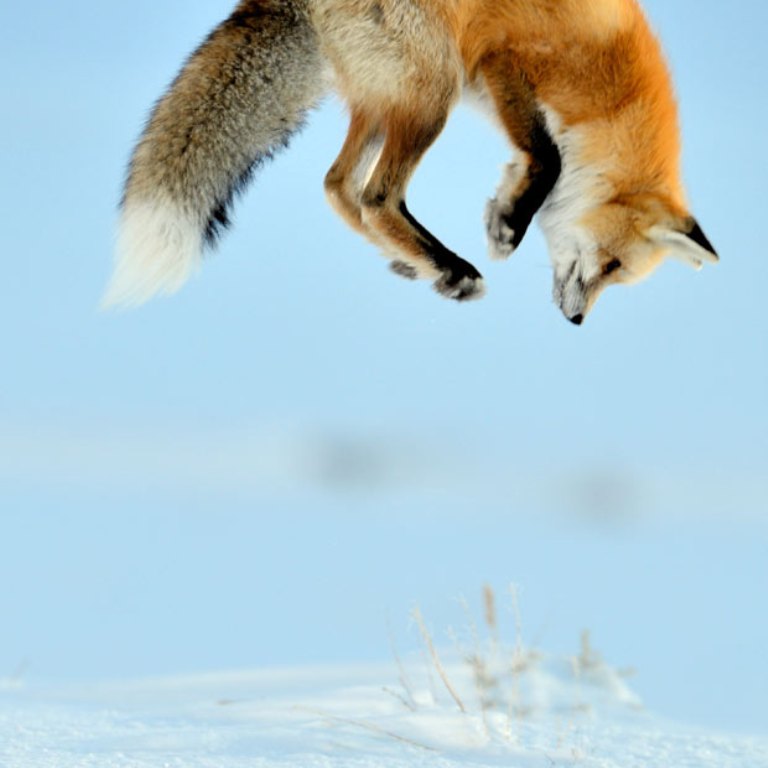

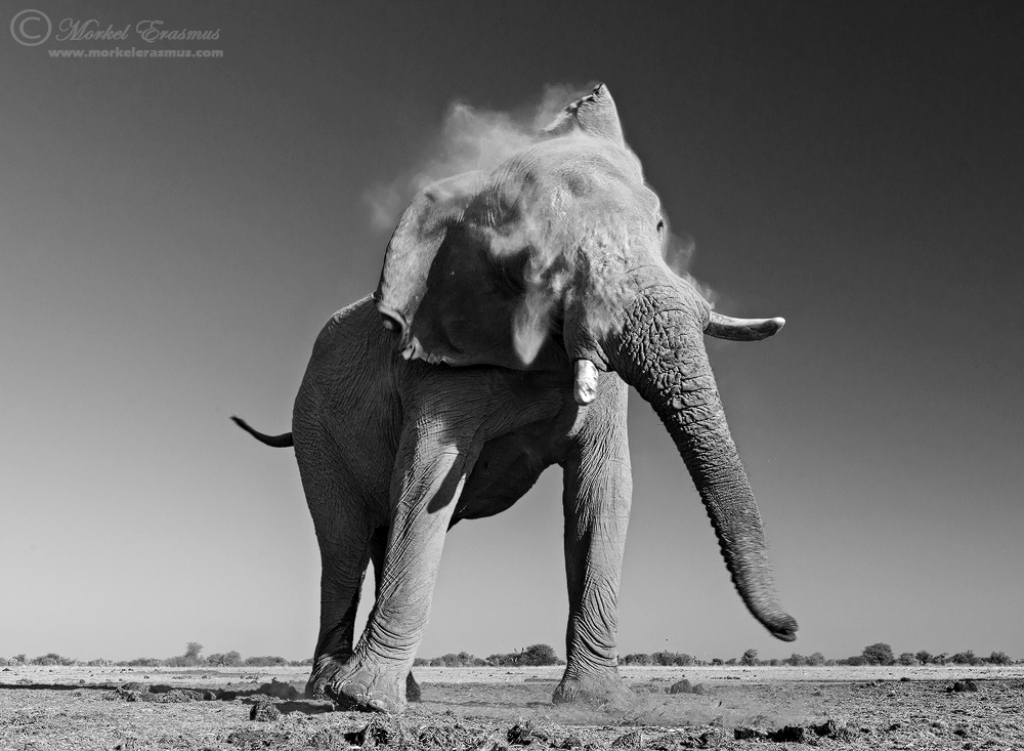
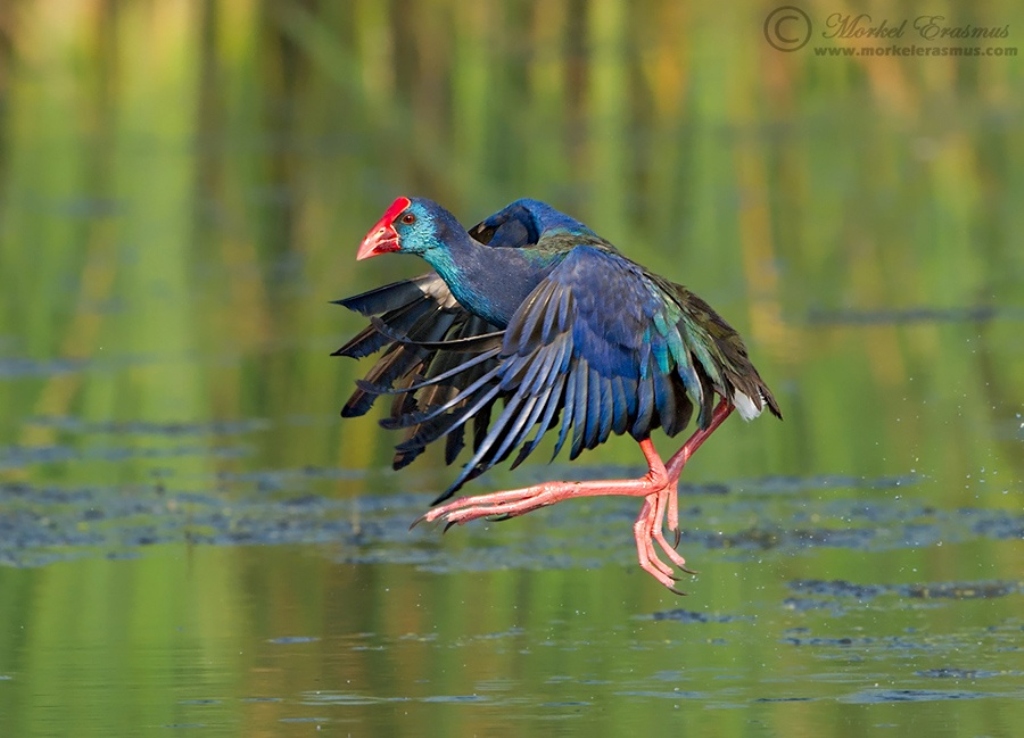
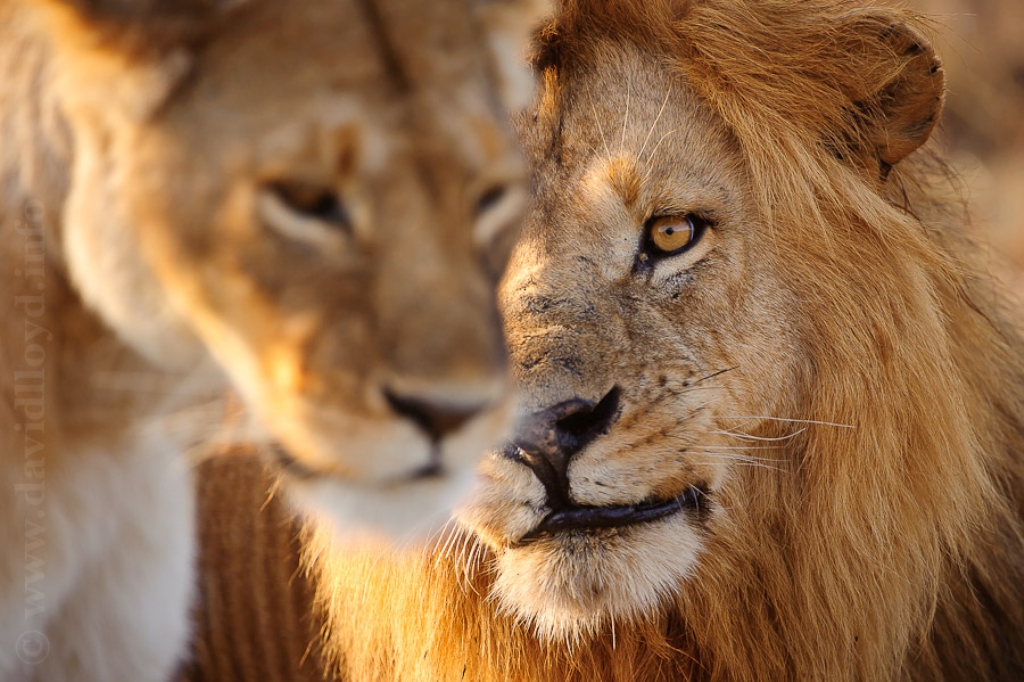
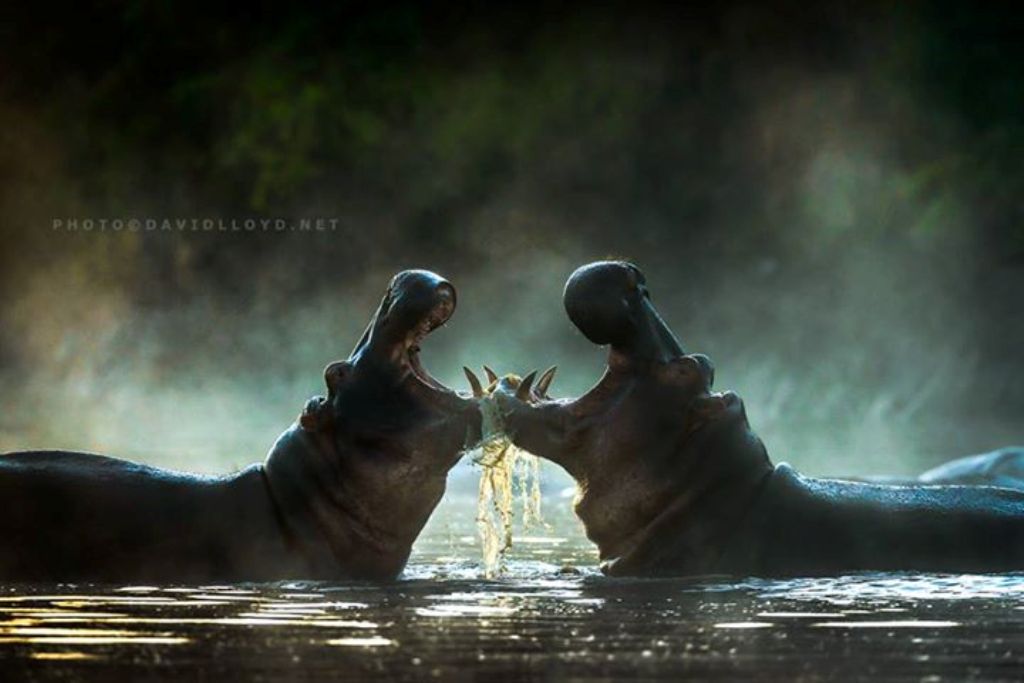

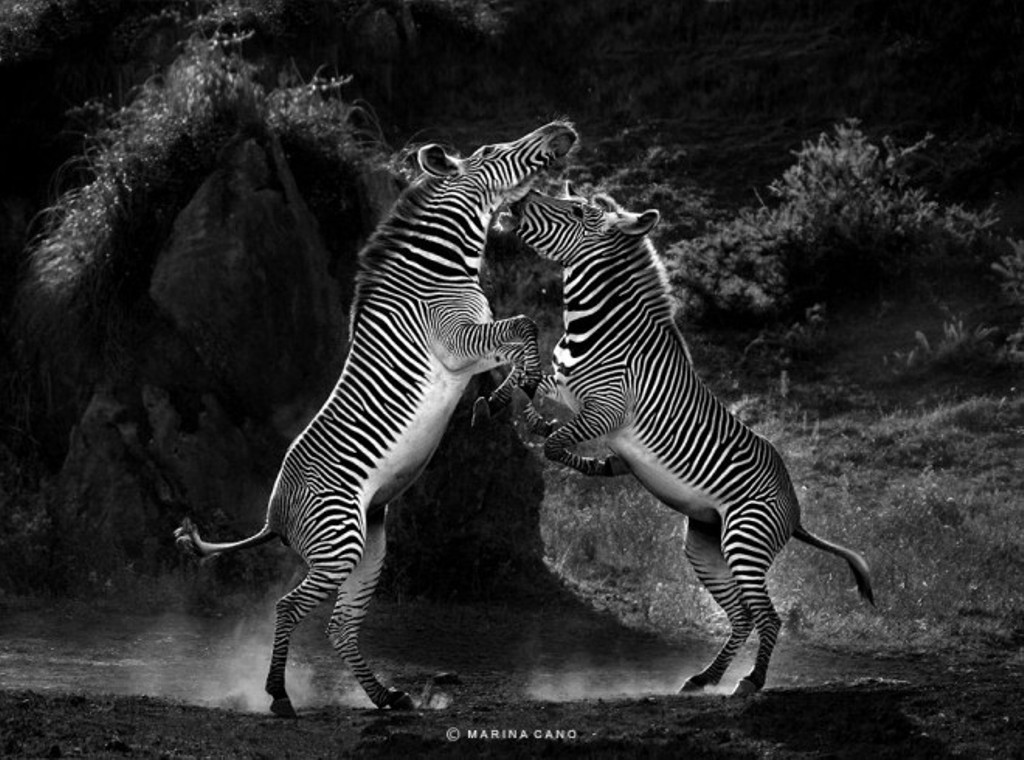
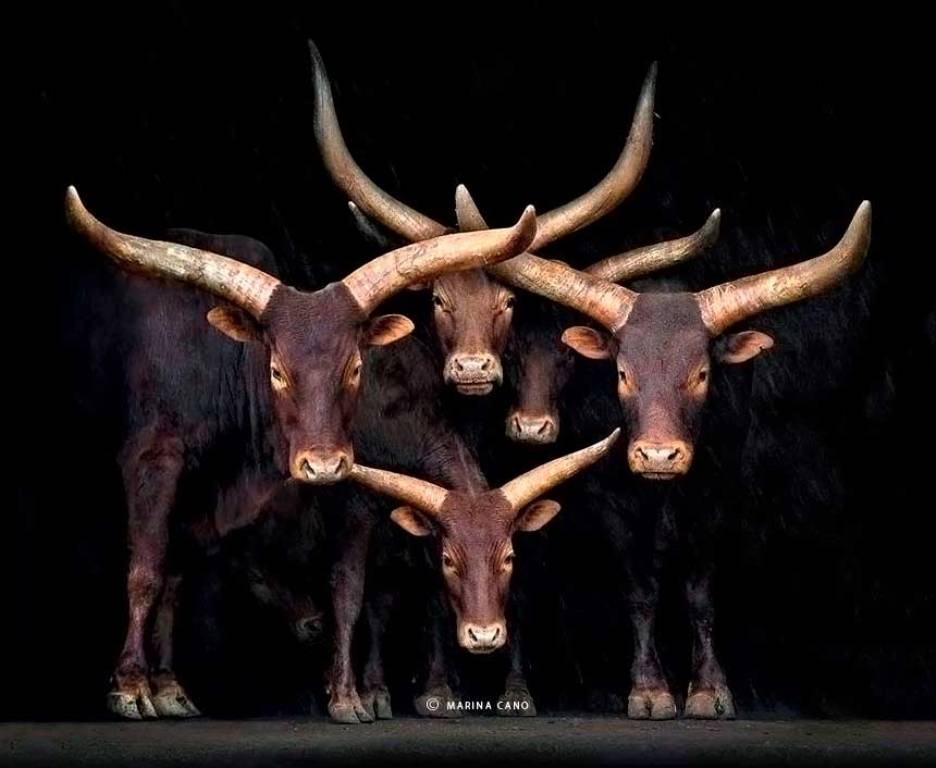
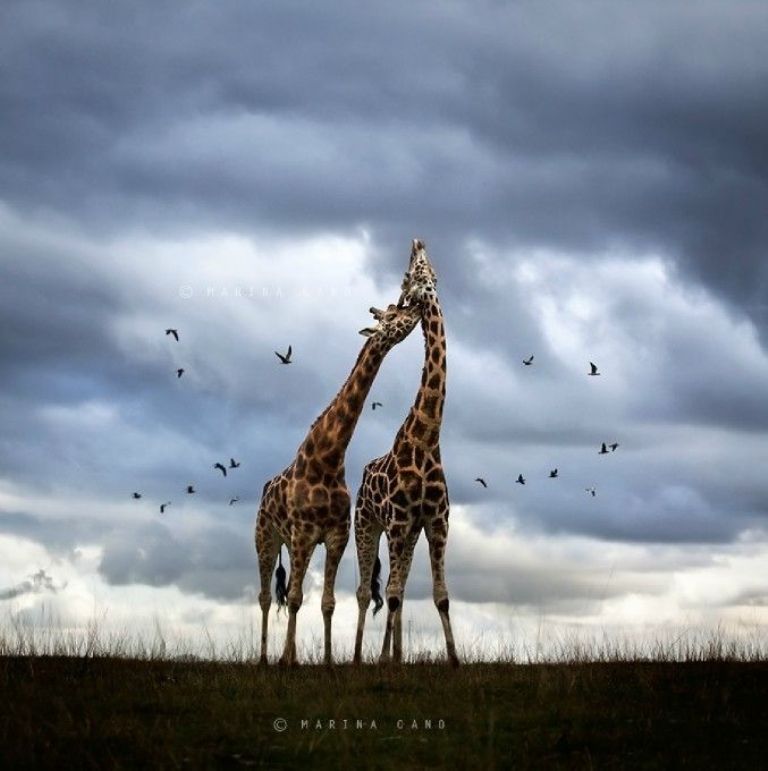
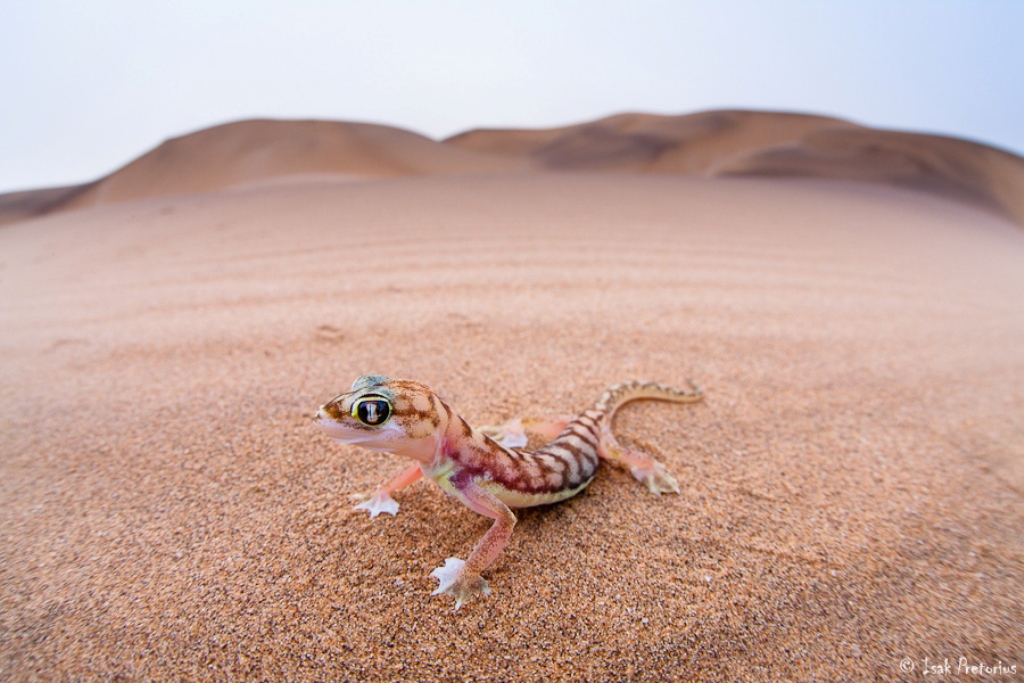
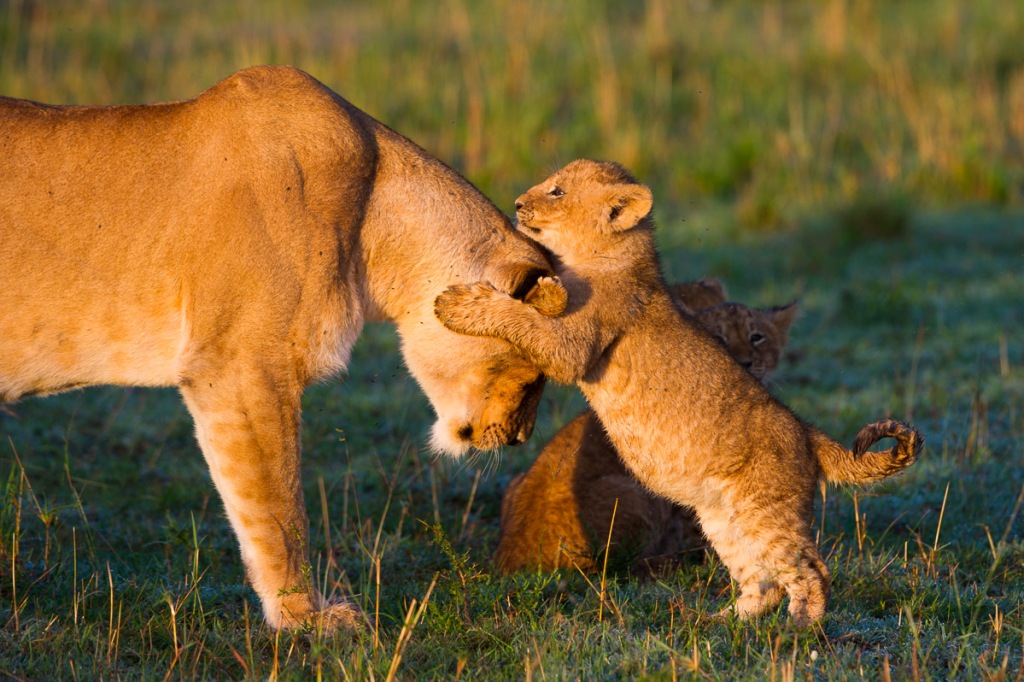
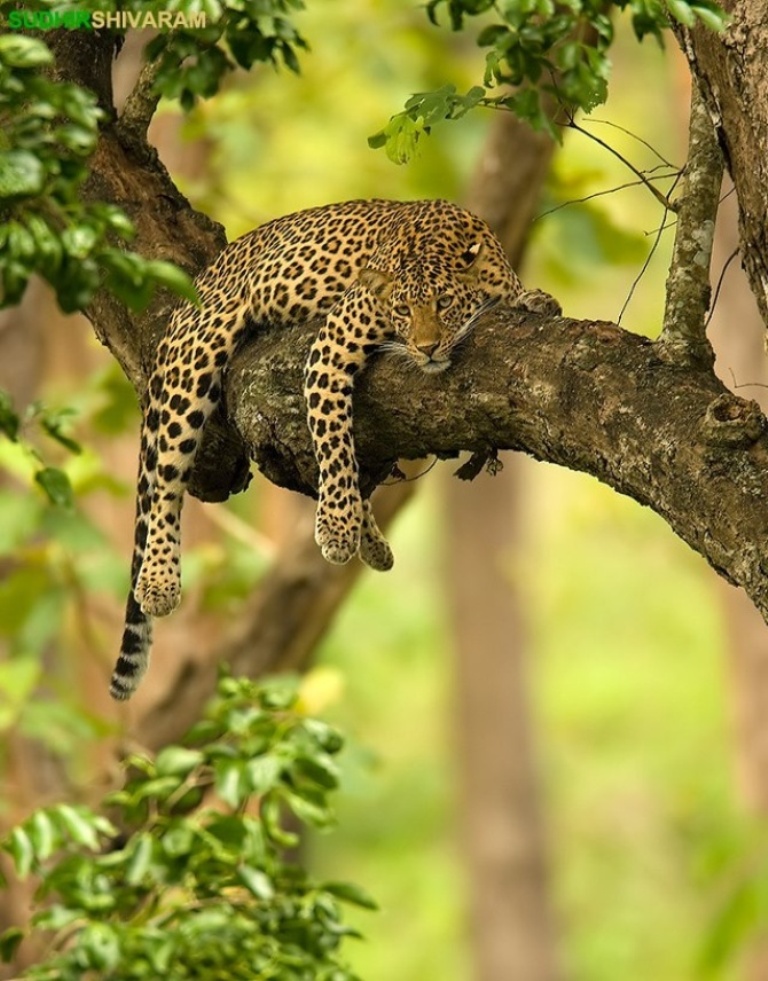
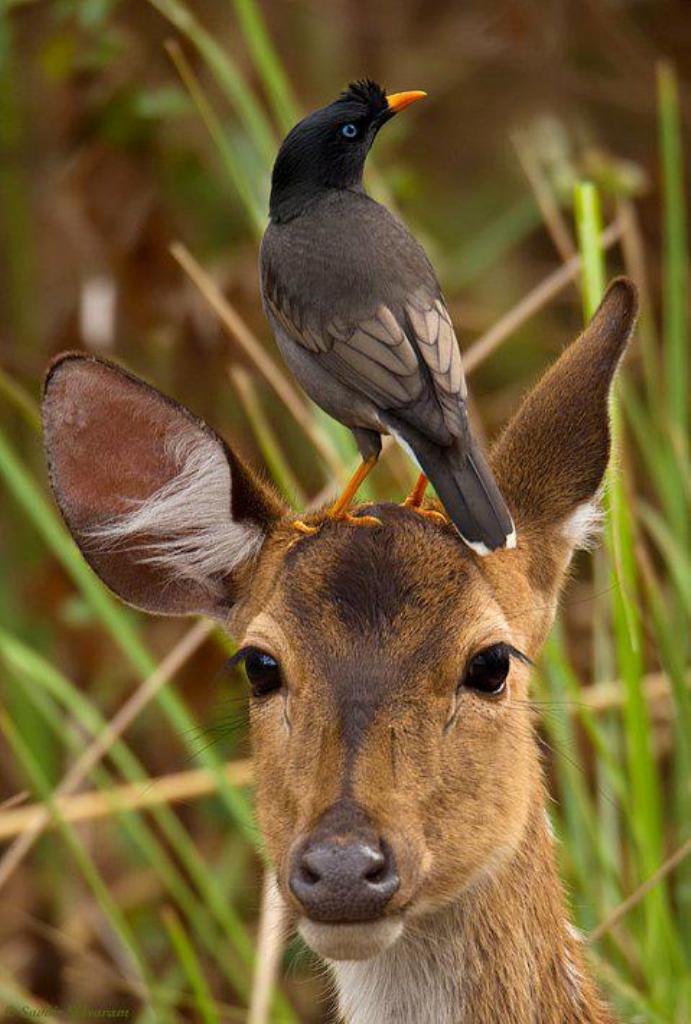
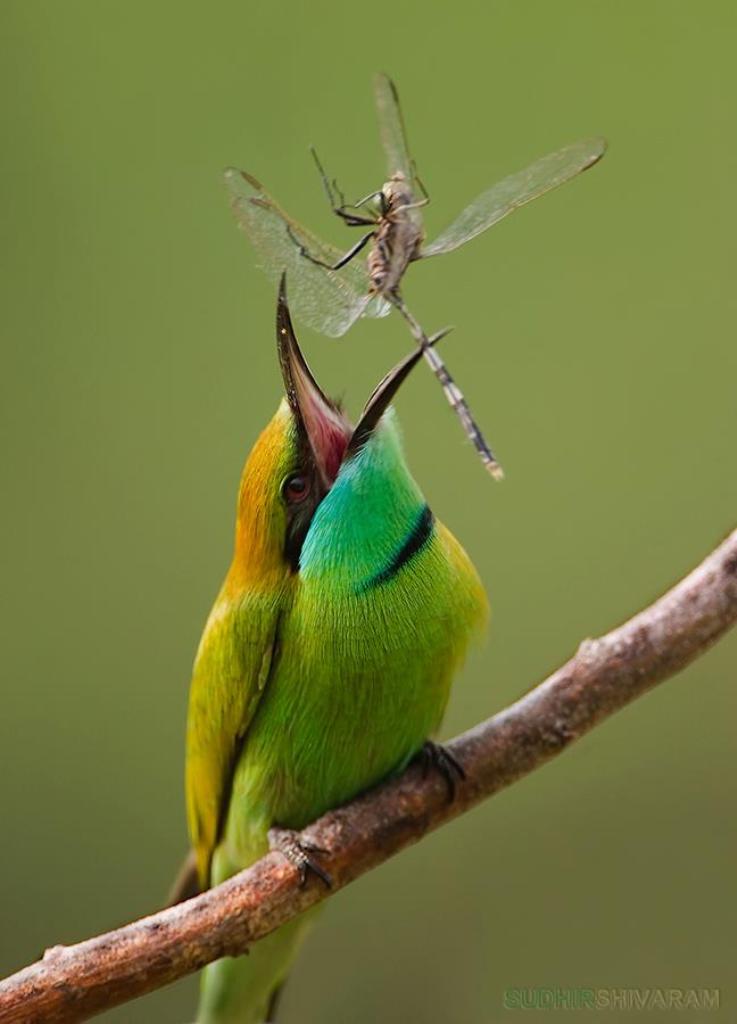
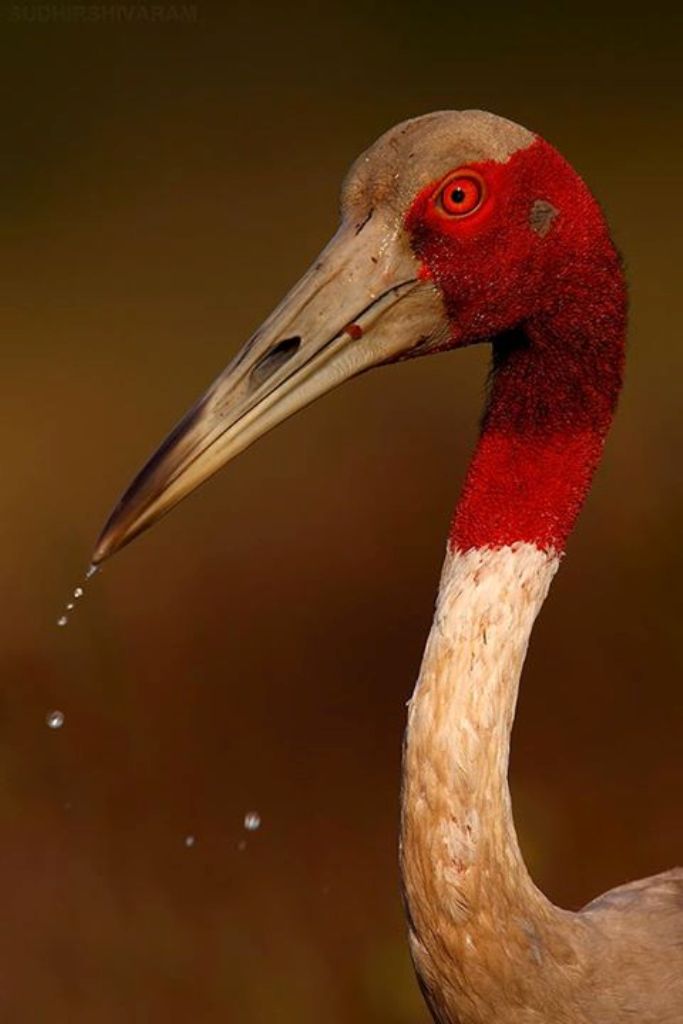
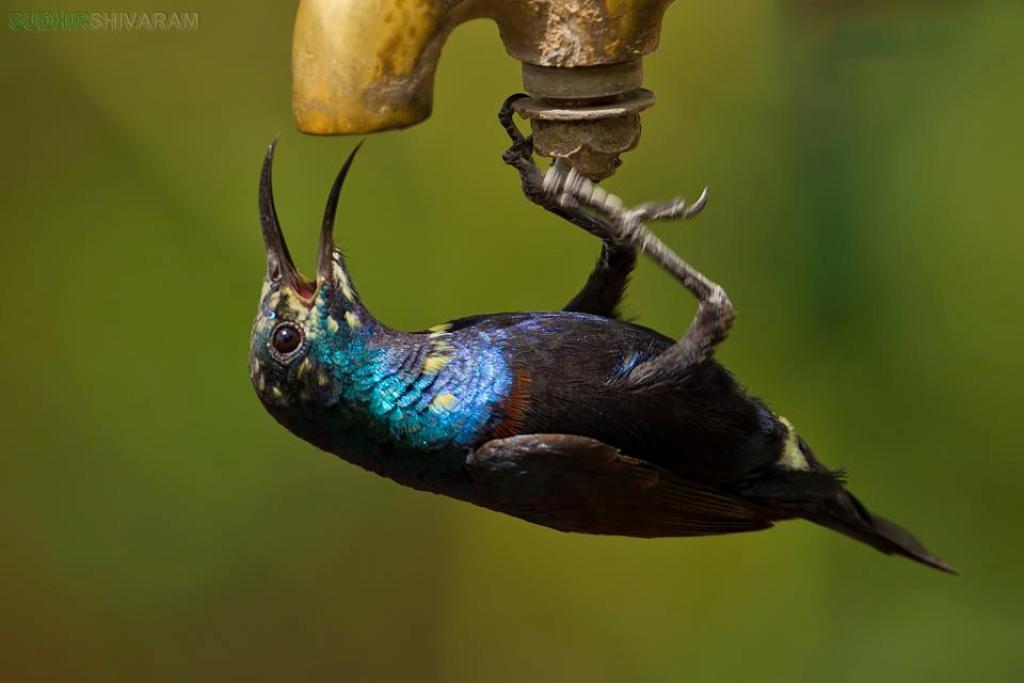



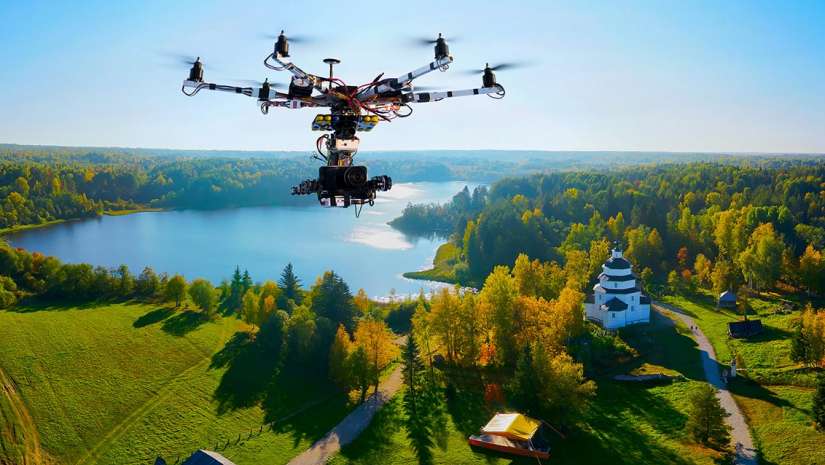
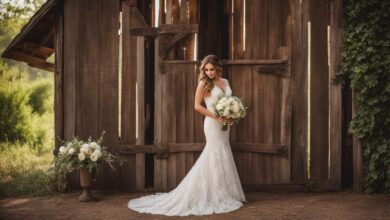
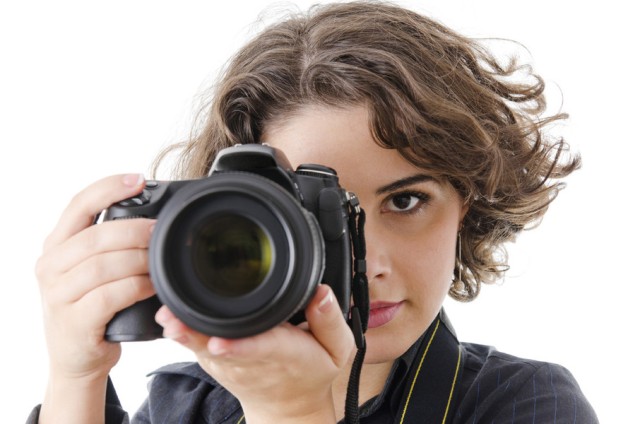
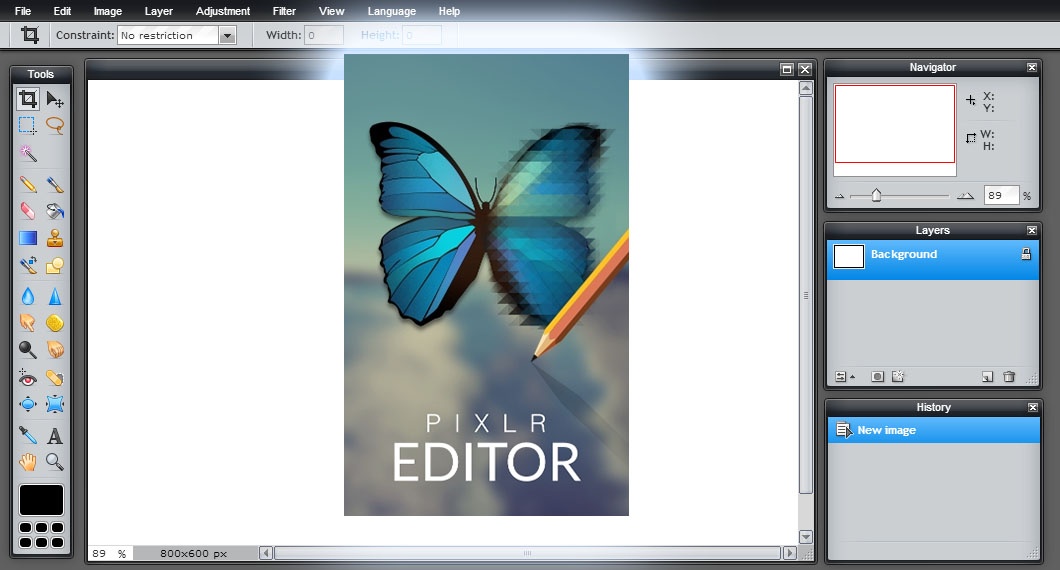

A great wildlife photographer who got left out is Steve Winters, the National Geographic wildlife photographer, who is very famous for his work on tigers and snow leopards. He has won both the National Geographic wildlife photographer of the year award and the BBC wildlife photographer of the year award
Thank you so much!
May a name has been left or forgotten Tim Laman
Sudhir Sivaram is the best nature photographer???? in the world???? I hope this is a joke. Thomas Vijayan & Dhritiman Mukherjee are far better than him. I am not even counting all those photographers of Nat Geo.
Nature at its best (y)
Sad to see Dhritiman Mukherjee is not covered as a top wildlife photographers along with Sudhir Shivaram. Doubtful criteria and misleading information